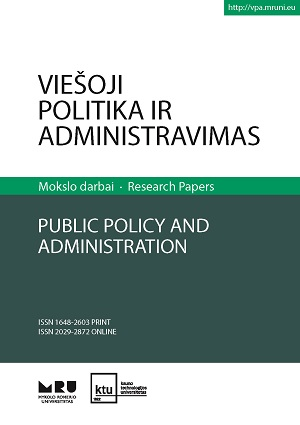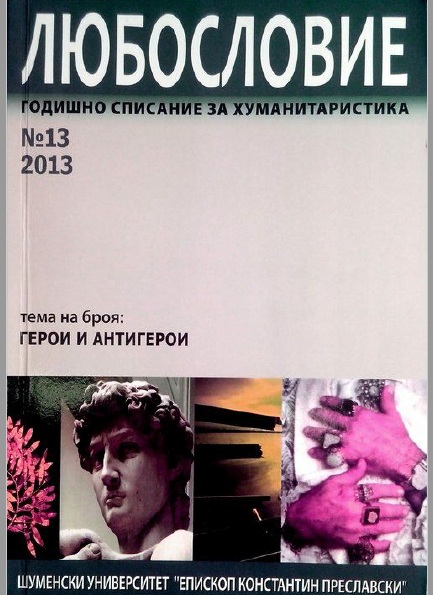Author(s): Iosif Marin Balog / Language(s): Romanian
Issue: 58/2019
For the Romanian historiography and especially for that regarding to the Transylvanian area, the Revolution of 1848 was, over time, one of the most important and constant approaches. Being a historical event with profound impact on all levels of society, historiographical interpretations of the revolutionary events have generated many polemics, expressed not only in the historiography, by means of the national-identity discourse, but also in other fields, such as journalism or even in political disputes lasting for a long time. Explanations of the causes and mechanisms that triggered the revolutionary movements and their subsequent evolution towards open confrontation also contain a strong polemic component, born during the events of 1848 and then transposed insistently and systematically into historiography. Two issues that generated long historiographical controversies, even today, are related to the definition of the character of the events unfolded between September 1848 and August 1849, that led to armed confrontation between the Romanians and the Hungarians. Was it „civil war”? Or „national war”?„Revolt” or „counterrevolution”? On the other hand, the issue of the national war is directly linked to that of victims and material damages, this case being also fueled by many historiographical polemics. Starting from such ascertainments, we intend to analyze some aspects of these divergent topics, based on the interpretations already made by a number of professional historians and, of course, on recently published scientific sources of the late years, which, alongside with other fellow historians, we have processed and introduced in the scientific circuit.
More...


















